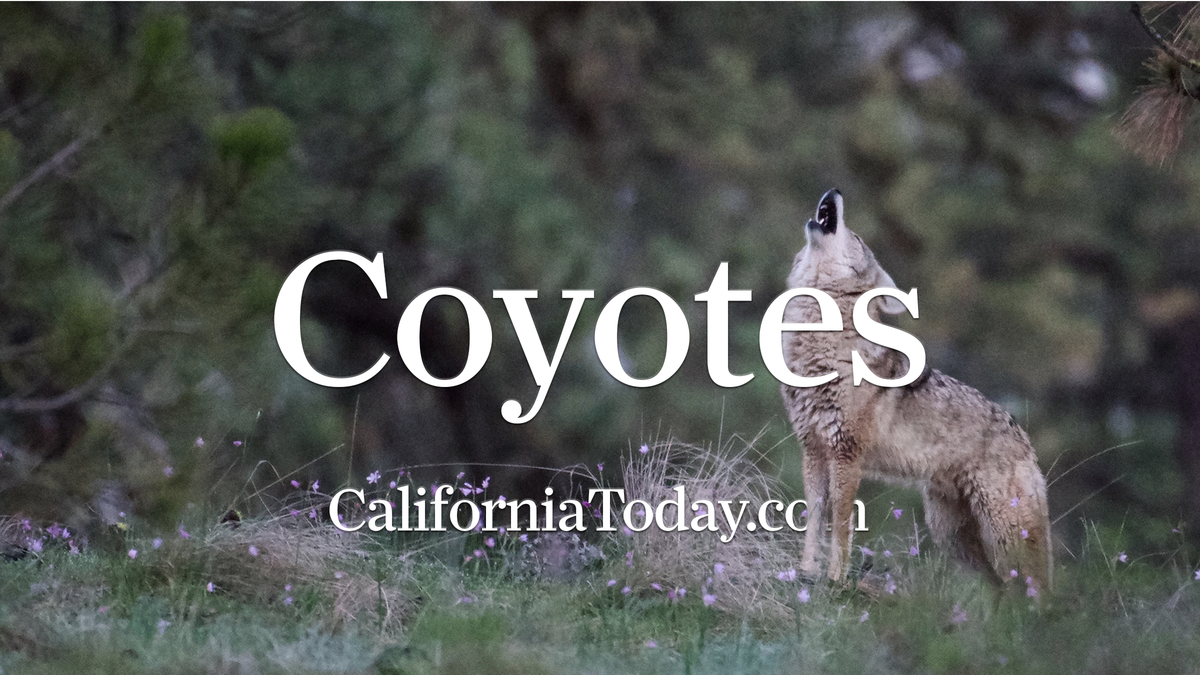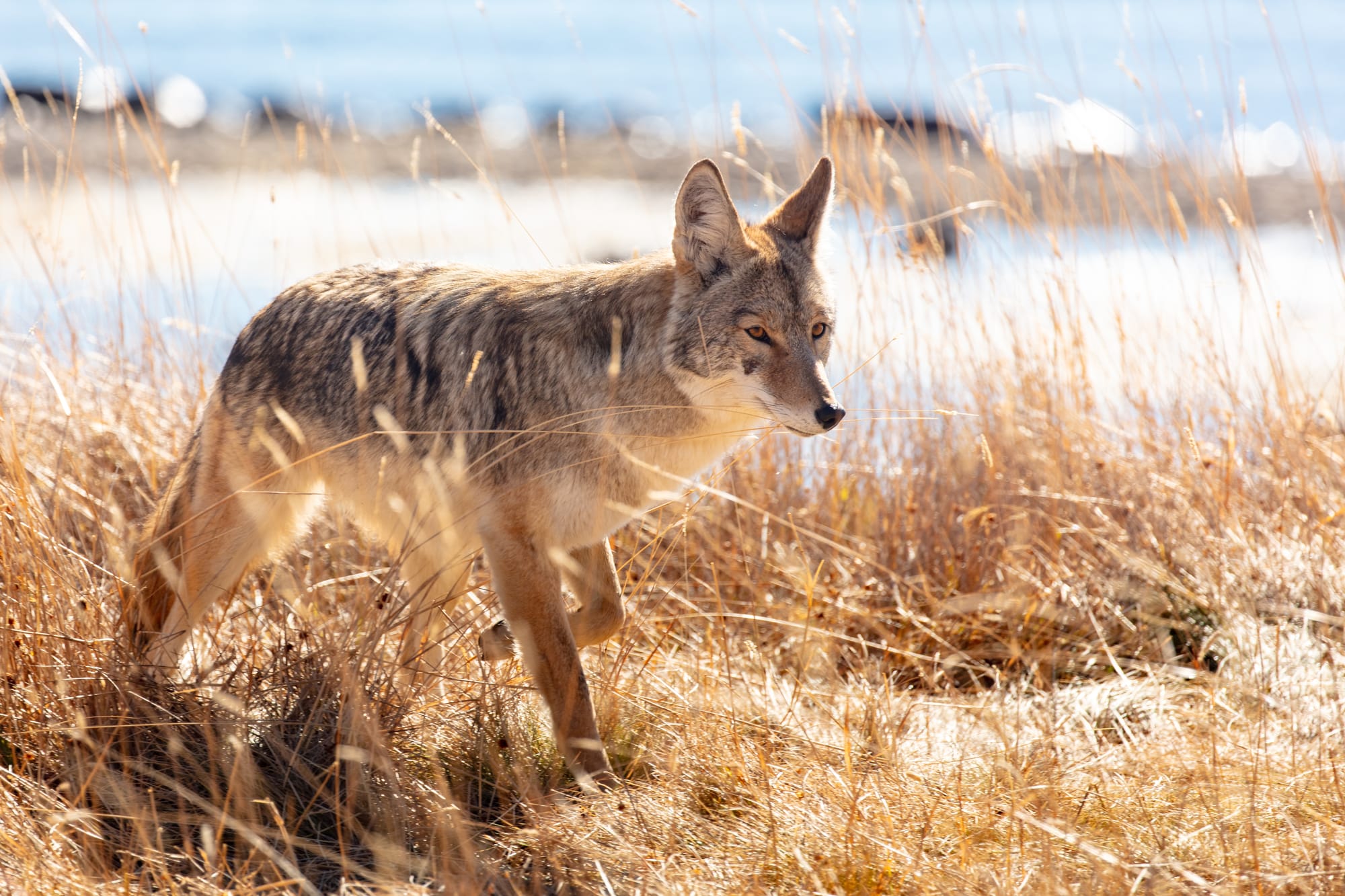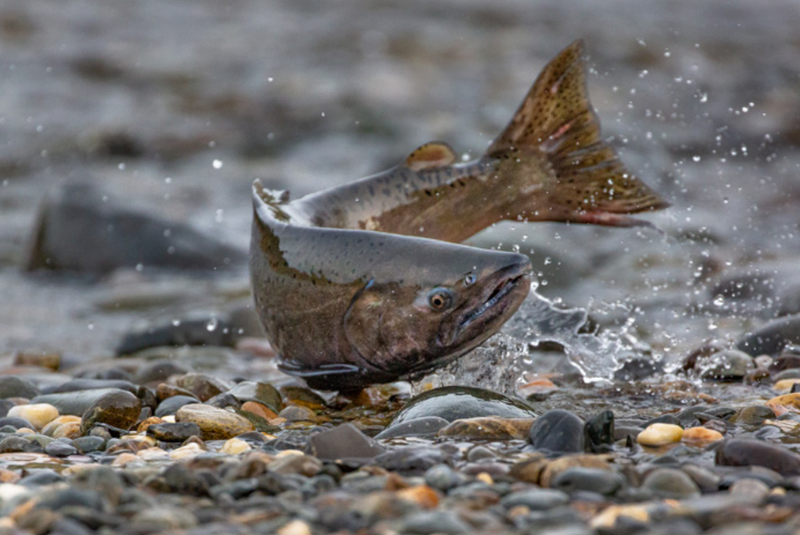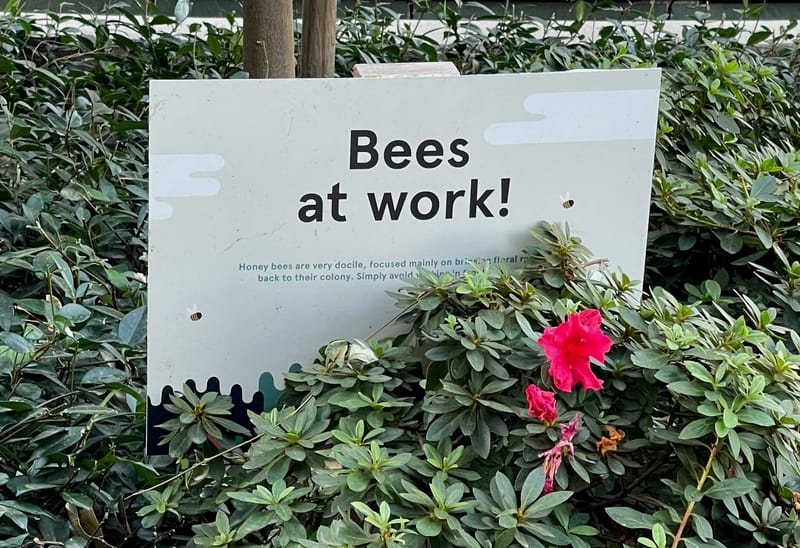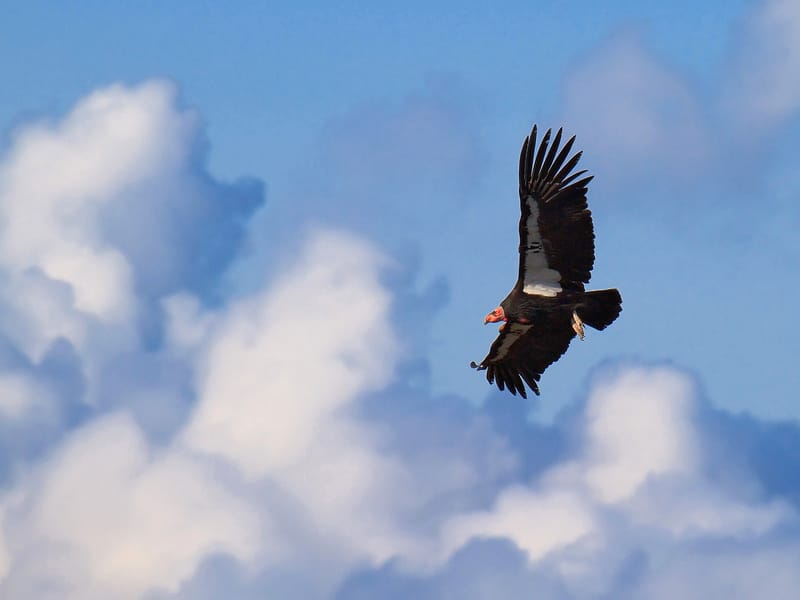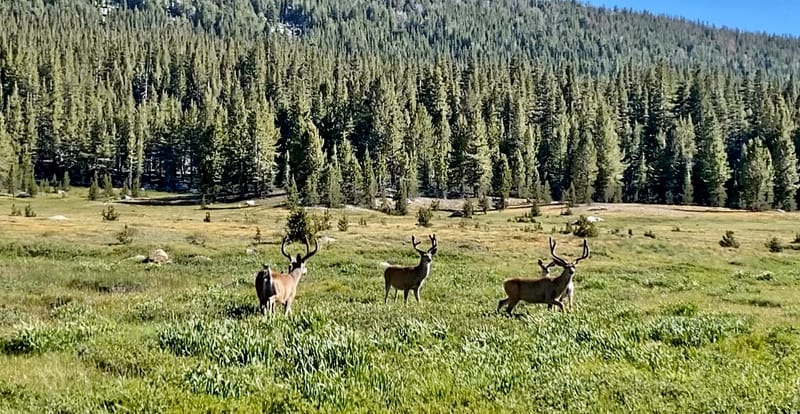Coyotes in California: Explore biology, habitat, conflicts, and coexistence
Explore our complete set of guides on coyotes in California, covering their biology, habitats, urban life, human conflicts, management policies, and coexistence strategies.
Coyotes are one of California’s most adaptable species, thriving in deserts, mountains, rangelands, and even cities. To help people understand their role in the state — and how to live alongside them—we’ve created a new series of in-depth guides.
These pages cover everything from the biology and natural history of coyotes to their ecological role and the policies that shape how they’re managed. Whether you’re curious about their statewide distribution, worried about conflicts in your neighborhood, or looking for practical coexistence strategies, you’ll find it here.
The biology and natural history of coyotes
Coyotes are small to mid-sized canids known for their intelligence, adaptability, and resourcefulness. Our biology and natural history guide explains how to identify them, what they eat, how they reproduce, and their average lifespan—while also placing them in the broader ecological context of California’s wildlife.

Distribution and habitat across the state
From the dry Mojave Desert to the Sierra Nevada foothills, coyotes have adapted to nearly every landscape in California. This guide explores where they’re found, how they use different habitats, and why their range continues to expand into areas shaped by people.

Life in cities and suburbs
Coyotes aren’t just creatures of the wild anymore. They’ve learned to live alongside humans in neighborhoods, parks, and even downtown areas. The urban and suburban coyote guide explains how they adapt to city life, what they eat in developed areas, and what science says about reducing conflicts in residential communities.
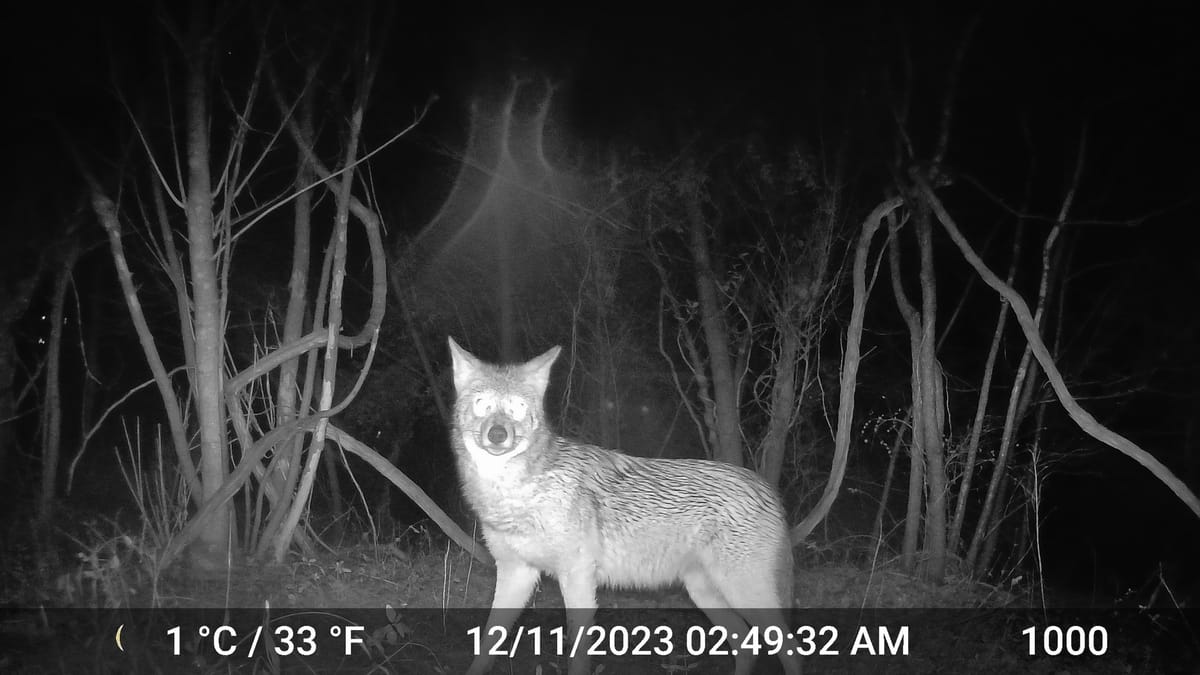
Human–coyote conflicts and safety
Coyotes can pose challenges when they prey on livestock, approach pets, or cross paths with people. This section outlines the most common conflicts — from depredation to public health concerns — and offers proven strategies to reduce risk and stay safe while coexisting.
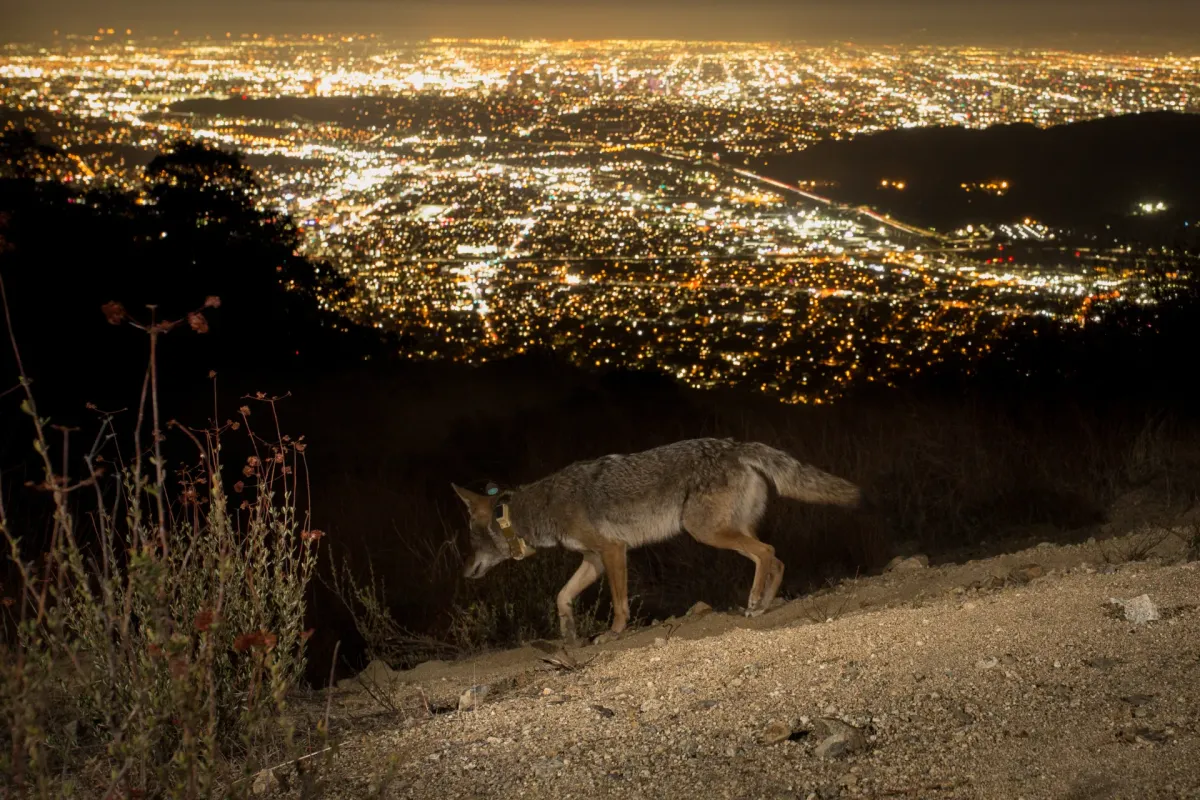
Management and policy in California
Managing coyotes is complex, with state and federal agencies, local governments, and communities all playing a role. The management and policy guide explains California’s depredation permit system, agency programs, and emerging coexistence-focused policies.
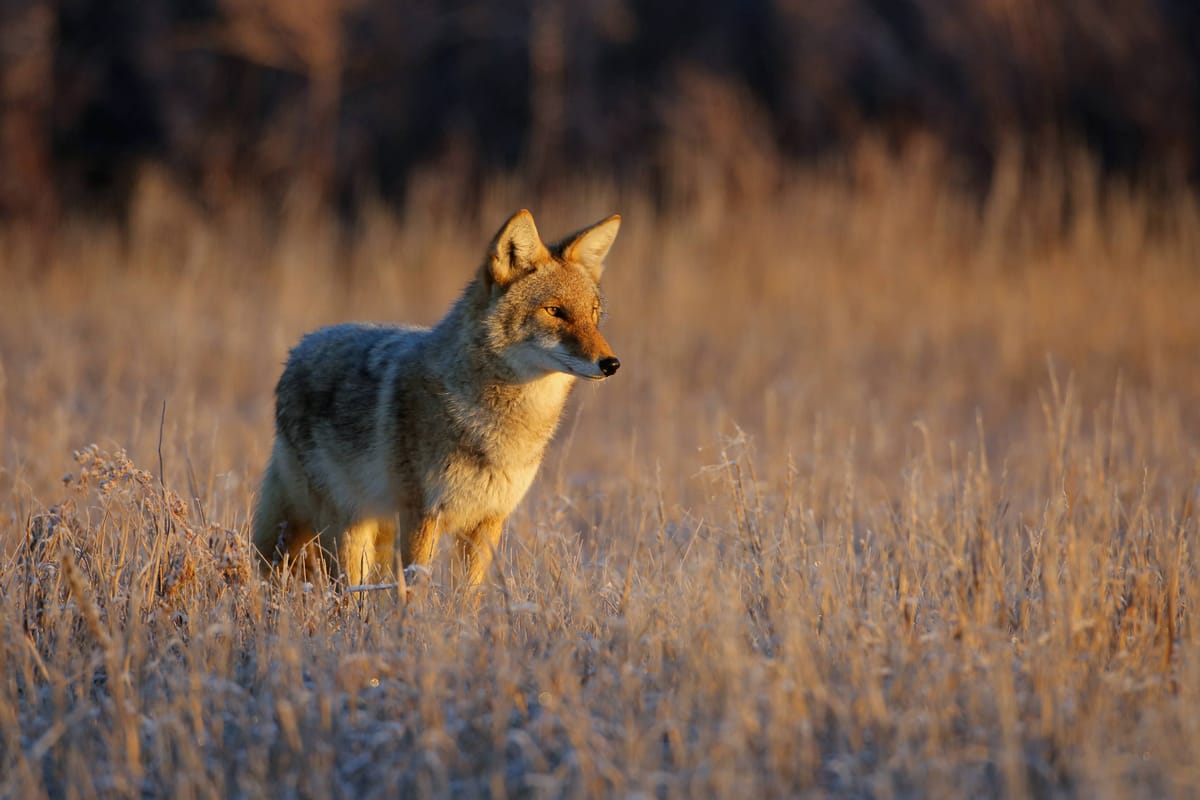
The ecological role of coyotes
Coyotes influence prey populations, biodiversity, and even the presence of other predators. Their role in the ecosystem is often misunderstood, but this guide explores the science behind their impact on California’s landscapes and wildlife communities.
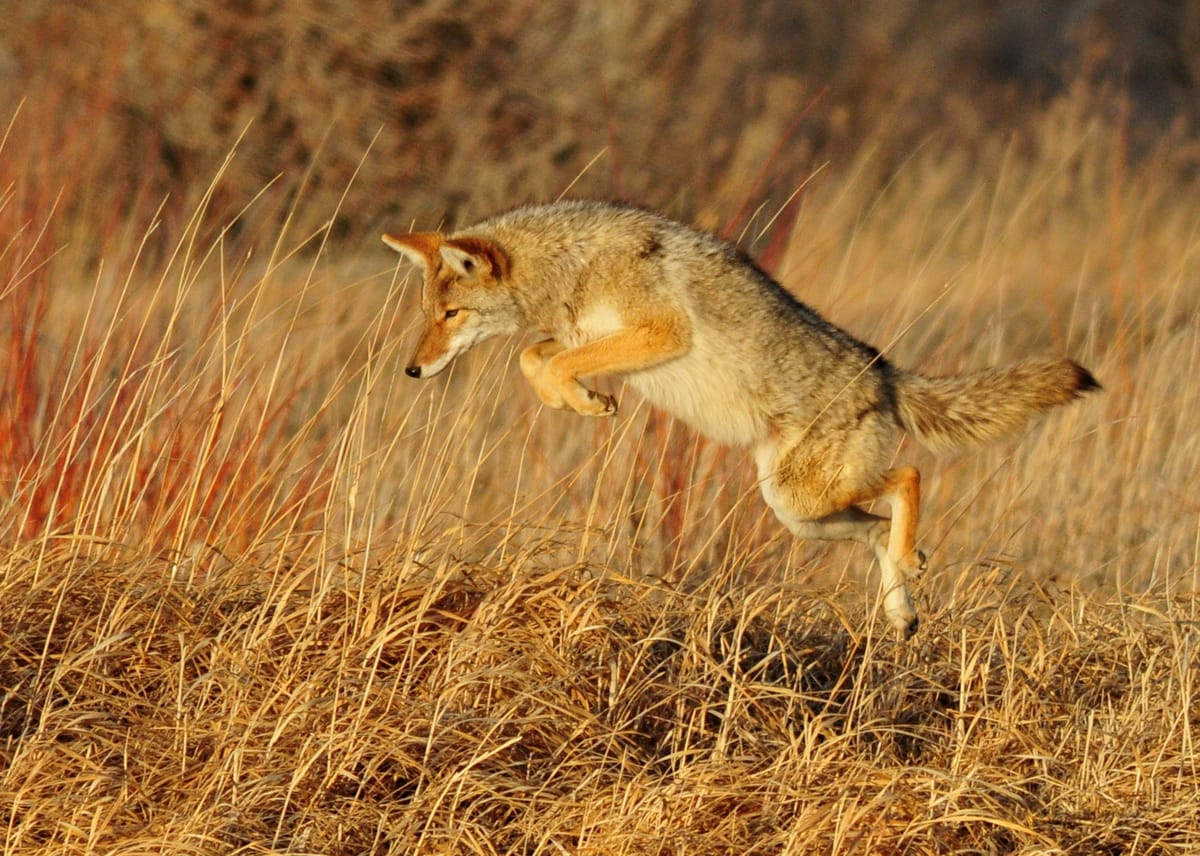
Practical coexistence strategies
For residents, farmers, and communities, coexistence with coyotes is possible — but it requires practical steps. The coexistence strategies guide includes tools for protecting livestock, tips for keeping pets safe, and examples of successful community-based programs.
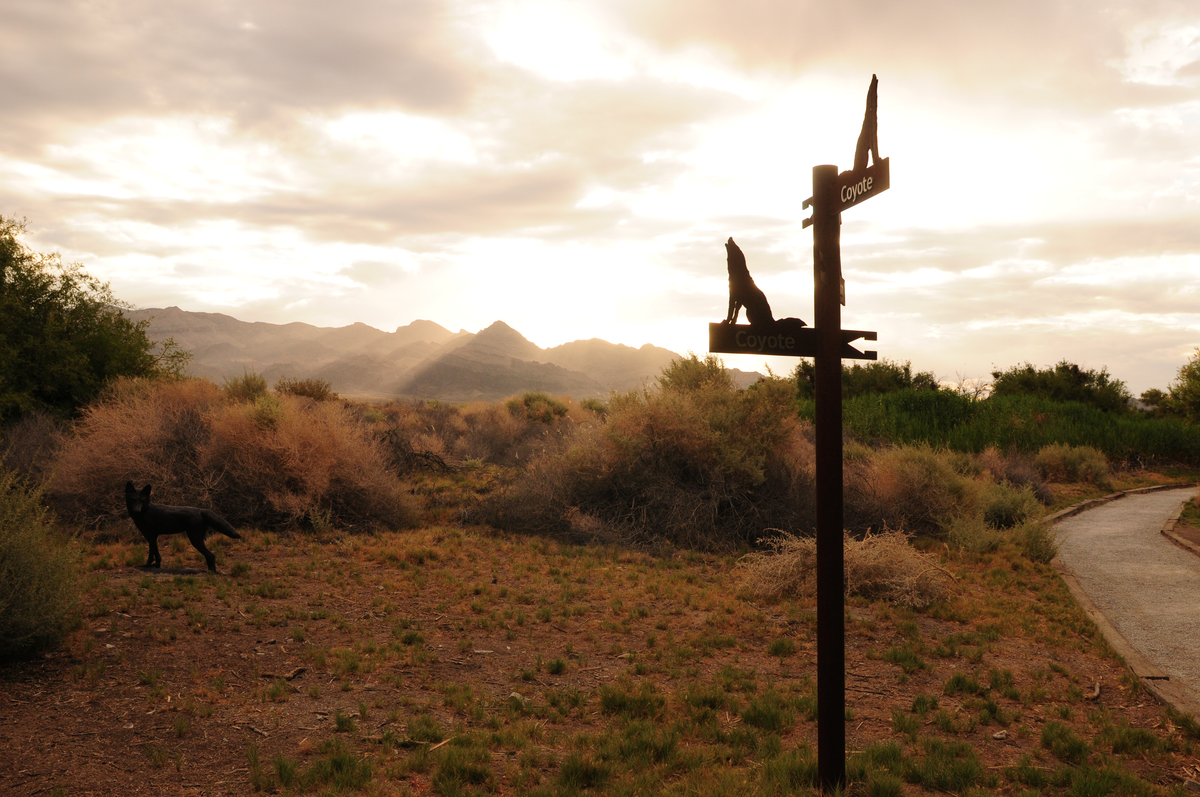
Start with the hub page
To make it easy to explore all of these topics, we’ve built a hub: Coyotes in California: Ecology, Behavior, and Coexistence. From there, you can dive into any of the individual guides and learn more about the state’s most adaptable predator.
